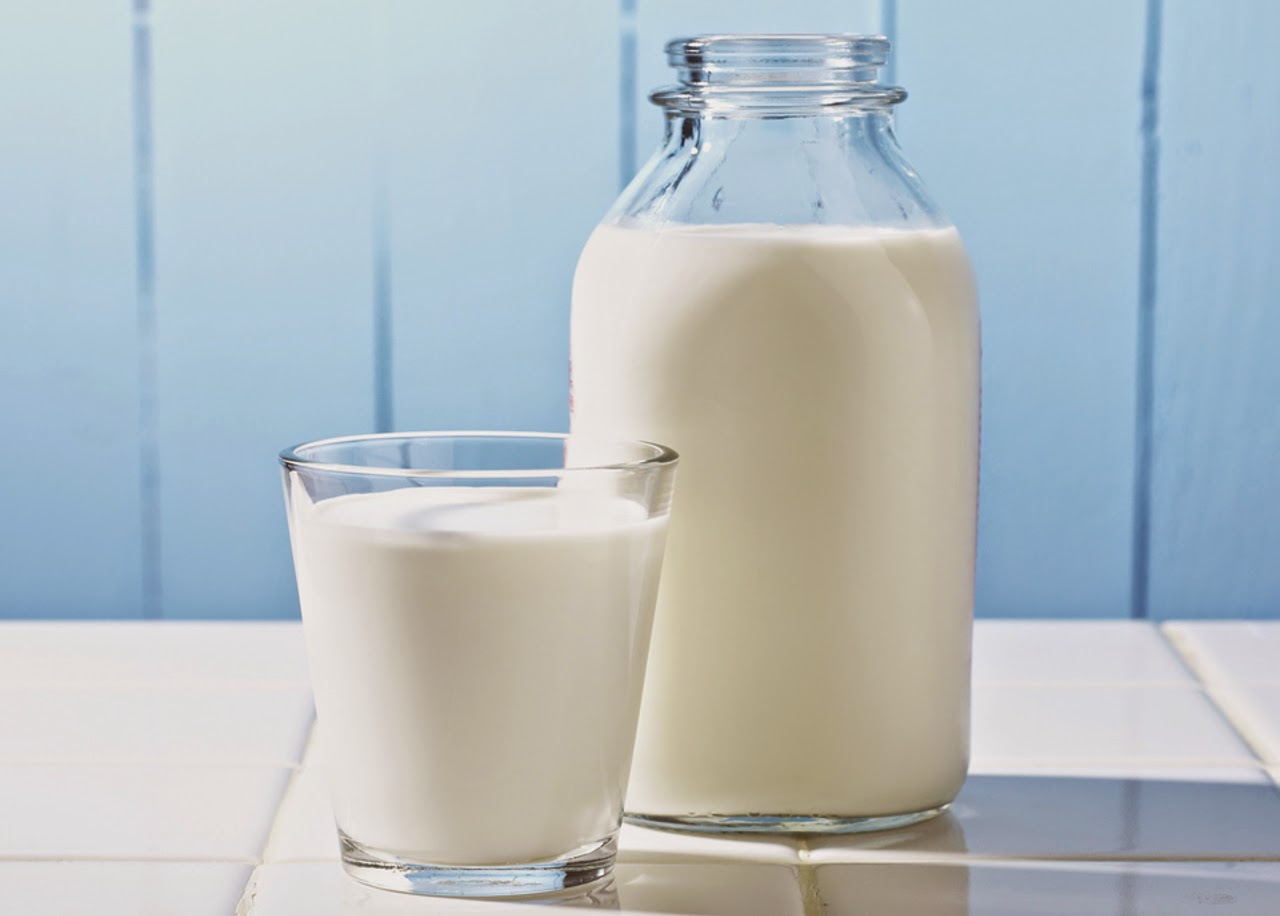Examining Milk's Health Benefits: A Complete Guide.
Milk is a staple in many diets around the world, celebrated not only for its rich taste but also for its numerous health benefits. This article delves into the nutritional value of milk, its various types, and how it can contribute to a healthy lifestyle. As we explore the multifaceted world of milk, we will uncover its significance in our diets and daily lives.
The versatility of milk makes it a key ingredient in numerous culinary creations, ranging from creamy sauces to delicious desserts. It is also an excellent source of essential nutrients that support various bodily functions. This article aims to provide you with an in-depth understanding of milk, including its history, health benefits, and tips for incorporating it into your diet.
Whether you are a milk lover or someone who is lactose intolerant, there is much to learn about this remarkable beverage. Join us as we embark on a journey to discover the many facets of milk and how it can enhance your overall well-being.
Table of Contents
- 1. History of Milk
- 2. Nutritional Value of Milk
- 3. Types of Milk
- 4. Health Benefits of Milk
- 5. Milk in Cuisine
- 6. Lactose Intolerance and Alternatives
- 7. Sustainability in Milk Production
- 8. Conclusion
1. History of Milk
The history of milk consumption dates back thousands of years. Archaeological evidence suggests that humans began domesticating animals, such as cows, goats, and sheep, for their milk around 8000-6000 BC. Milk served as a vital source of nutrition for early agricultural societies, providing essential nutrients in a time when food sources were limited.
2. Nutritional Value of Milk
Milk is packed with nutrients that are crucial for maintaining good health. A standard serving of cow's milk (approximately one cup) contains:
- Calories: 149
- Protein: 8 grams
- Fat: 8 grams
- Carbohydrates: 12 grams
- Calcium: 276 mg (about 28% of the Daily Value)
- Vitamin D: 2.5 mcg (about 15% of the Daily Value)
In addition to these macronutrients, milk is also rich in vitamins and minerals, including Vitamin A, Vitamin B12, potassium, and phosphorus. These nutrients play a vital role in various bodily functions, from maintaining strong bones to supporting muscle function.
3. Types of Milk
Milk comes in various forms, catering to different dietary preferences and nutritional needs. Understanding the different types of milk can help you make informed choices about your diet.
3.1 Dairy Milk
Dairy milk is derived from animals, primarily cows, goats, and sheep. It contains lactose and is a rich source of calcium and protein. There are several varieties of dairy milk, including:
- Whole Milk: Contains approximately 3.25% fat.
- Skim Milk: Has little to no fat, making it a lower-calorie option.
- Low-Fat Milk: Contains 1% to 2% fat.
3.2 Non-Dairy Milk
Non-dairy milk alternatives have gained popularity in recent years, especially among those with lactose intolerance or dairy allergies. Some popular non-dairy milk options include:
- Almond Milk: Made from ground almonds, low in calories, and often fortified with calcium.
- Soy Milk: A high-protein alternative made from soybeans, rich in isoflavones.
- Oat Milk: Creamy and naturally sweet, made from oats and water, suitable for coffee and baking.
4. Health Benefits of Milk
Milk offers a plethora of health benefits that can enhance overall well-being. Incorporating milk into your diet may lead to several positive health outcomes.
4.1 Bone Health
Milk is renowned for its bone-strengthening properties due to its high calcium and vitamin D content. Regular consumption of milk can help reduce the risk of osteoporosis and fractures, especially in older adults.
4.2 Weight Management
Research suggests that including milk in a balanced diet may aid in weight management. The protein and fat content in milk can promote feelings of fullness and reduce overall calorie intake.
5. Milk in Cuisine
Milk is a versatile ingredient used in many culinary traditions worldwide. From creamy soups to delectable desserts, milk enhances flavor and texture in various dishes. Some popular milk-based recipes include:
- Cheese: A staple in many diets, made by curdling milk.
- Yogurt: Fermented milk that is rich in probiotics.
- Cream: The fatty part of milk used in sauces and desserts.
6. Lactose Intolerance and Alternatives
Lactose intolerance is a common condition affecting many individuals, leading to digestive discomfort when consuming dairy products. However, there are several alternatives available:
- Lactose-Free Milk: Treated to remove lactose, suitable for those with lactose intolerance.
- Non-Dairy Milk: Various plant-based options provide alternatives for individuals who avoid dairy.
7. Sustainability in Milk Production
As awareness of environmental issues grows, sustainable practices in milk production have become a focus. Many dairy farmers are adopting methods to reduce their carbon footprint and enhance animal welfare, including:
- Grass-Fed Practices: Cows are fed grass rather than grain, promoting healthier animals and reducing methane emissions.
- Water Conservation: Implementing efficient water use in dairy farms to minimize waste.
8. Conclusion
In summary, milk is a nutrient-rich beverage that offers numerous health benefits and culinary uses. Whether you prefer dairy or non-dairy alternatives, incorporating milk into your diet can enhance your overall well-being. We encourage you to explore various milk options and find what works best for you. If you found this article helpful, please leave a comment, share it with friends, or check out other articles on our site!
Thank you for reading! We hope to see you back soon for more informative content.
Examining The Phenomenon Behind Grace Charis's Success With OnlyFans.
Examining The Many Talented Actress And Her NSFW Characters Is Zoe Perry.
Grace Charis: The Rising Star Of 2024


